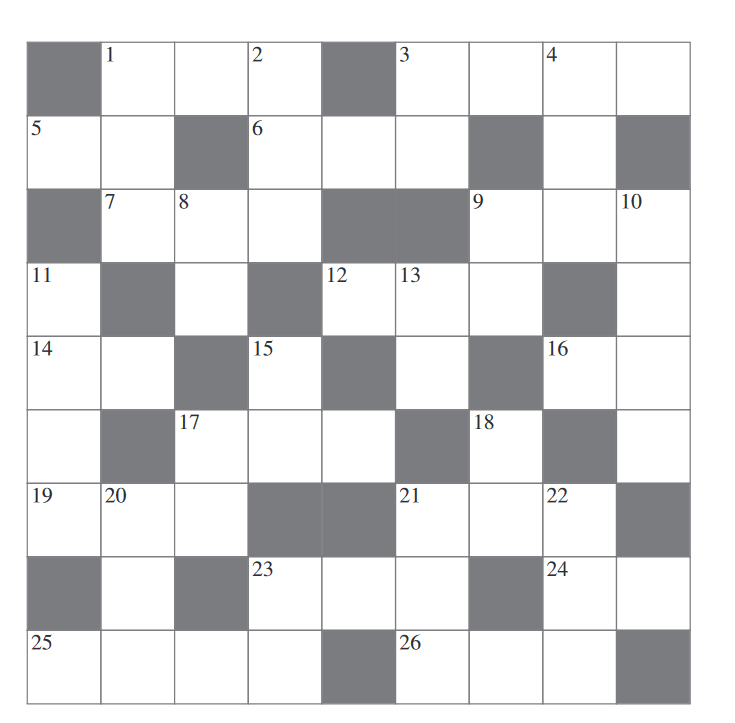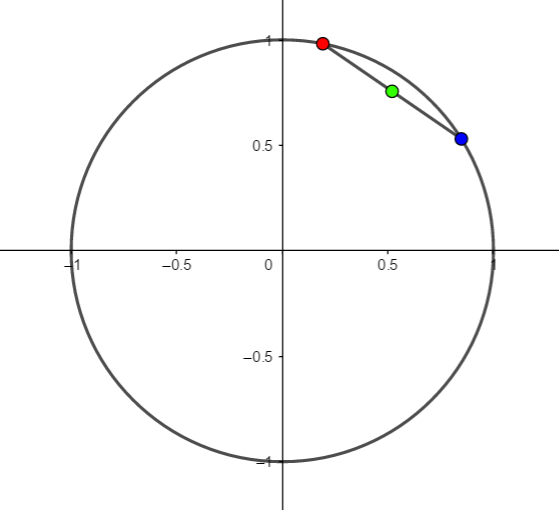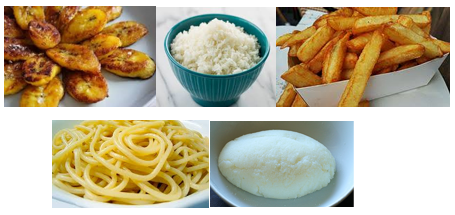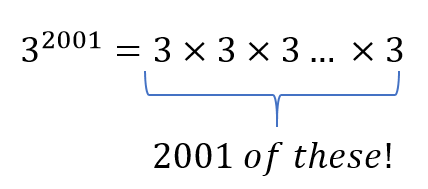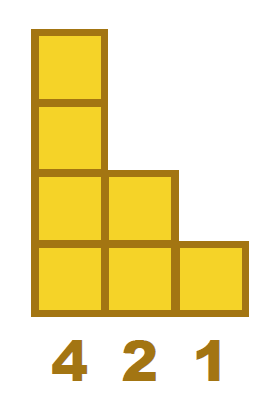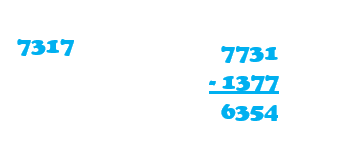
Mr D. R. Kaprekar was an Indian school maths teacher who loved playing with numbers. See if you can follow these steps to find out what he discovered …
Choose a four digit number where the digits are not all the same (that is not 1111, 2222,…).
Rearrange the digits to get the largest and smallest numbers these digits can make.
Finally, subtract the smallest number from the largest to get a new number, and carry on repeating the operation for each new number.
What do you notice?
Does something similar happen for 3 digit numbers? Can you prove it?
Here are pdfs of the problem in English and French.
Try it out here
